Tech & Innovation
Samsung To ‘Reverse Engineer’ the Brain; Claims It Aims to ‘Copy and Paste’ It Into a Single Chip
Retroreflector Function Explained: Two Simple Ways It Reflects Ultra Clear Night Vision
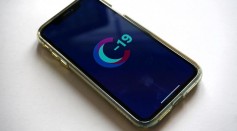
Long COVID Risk Reduction: App Reveals Fully Vaccinated People Less Likely to Have Lasting Symptoms
Electromagnetic Pulse Used in Chinese Weapon Can Take Down Unmanned Aircraft; Field Test Aims to Catch Up With US
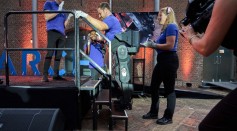
Powered Exoskeleton Suit: Potential Assistant for Stroke Patients, Elderly and Young People with Cerebral Palsy, Other Disabilities
Metal Toxicity in Humans: Scientists Discover Link Between Metal Production and Exposure to Lead Which Are Usually Present in Electronic Devices
Optical Breathalyzer Installed in Smartphone May Help Measure Blood Alcohol Content
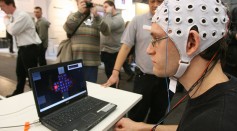
Brain-Computer Interface Developer Announces Entry to Clinical Trials for Its Implants in the US; FDA Authorizes Test of Device in Human Patients
Flexible Computer Processor for IoT Prints Circuits onto Paper, Cardboard, Cloth
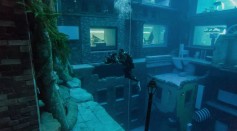
Dubai Sets New Guinness World Record: Now Has the World's Deepest Pool, 200 Feet Deep, with 'Sunken City'
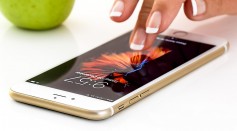
Charge Your Phone With 'Sweaty' Fingertips! Researchers Develop Moist-Powered Electricity in Wearable Strip

New Computer Model Teaches Children Meaning of New Words They Encounter, Study Shows

Cyber Dating Abuse Warning! Aggressive Behaviors, Jealousy, Narcissism, Psychopathy Still Possible Virtually
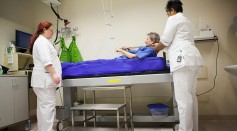
Cancer Treatment Efficacy: Japanese Startup Introduces Device to Promote Spread of Proton Therapy
Most Popular

How Technology Is Changing the Real Estate Industry?

Study Reveals High Turnover in Scientific Research Careers: What This Means for Future Scientists

Nikolay Karpenko Biography, Photo, Career, Accomplishments

China’s Tiangong Space Station to Expand Its Capabilities With New Modules





